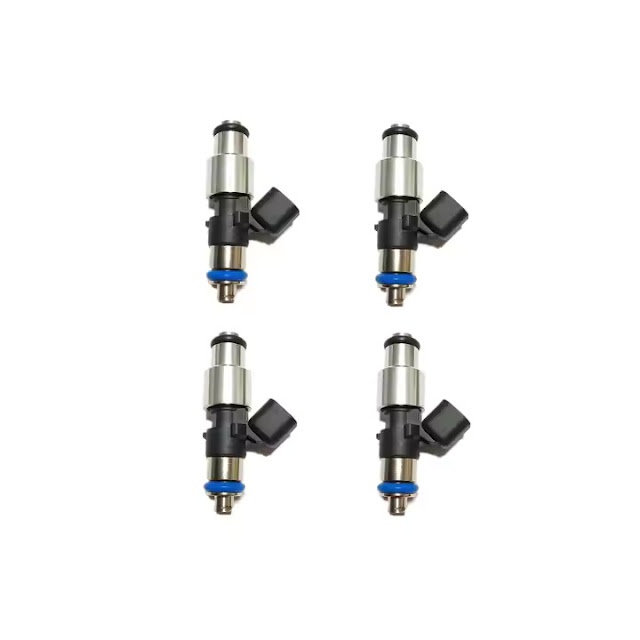Choosing the Right Wiring Harness: DBC vs. DBW for Enhanced Control and Performance
In the realm of engine management, the selection of a wiring harness plays a pivotal role in determining the level of control and performance achievable. A critical consideration in this context is the choice between Drive-By-Cable (DBC) and Drive-By-Wire (DBW) systems. Each system has distinct characteristics, advantages, and implications for vehicle operation.
Understanding DBC and DBW:
Drive-By-Cable (DBC):
Drive-By-Cable systems
utilize a physical cable to connect the accelerator pedal to the throttle body.
This mechanical linkage directly translates pedal movement to throttle
response. DBC systems have a historical presence and are commonly found in
older vehicle models.
Drive-By-Wire (DBW):
In contrast,
Drive-By-Wire systems replace the physical connection with electronic sensors
and actuators. The accelerator pedal position is conveyed electronically to the
engine control unit (ECU), which then adjusts the throttle accordingly. DBW
systems offer advanced control features and are prevalent in modern vehicle
designs.
Factors to Consider:
Vehicle Application:
The choice between DBC
and DBW depends on the specific application, including engine type and vehicle
model. Manufacturers often employ one system over the other based on design
preferences and performance objectives. One of your options is Wiring Harness W/4l60eMultec.
Precision and Response:
DBC systems, being
mechanically linked, provide a direct and immediate response to driver input.
DBW systems, on the other hand, offer precise electronic control, allowing for
real-time adjustments to optimize performance and response.
Customization Options:
Considerations
regarding the level of customization desired may influence the selection. While
DBC systems are often straightforward, DBW systems offer more programmable
features, allowing for tailored performance tuning.
Performance Implications:
Acceleration and Torque:
The wiring harness
choice significantly influences acceleration and torque delivery. DBC systems,
with their direct mechanical connection, may exhibit a more immediate response,
while DBW systems provide a nuanced and electronically managed acceleration
profile.
Fuel Efficiency:
The precision of
control in DBW systems contributes to optimized fuel efficiency. Real-time
adjustments based on driving conditions can lead to more efficient fuel
consumption compared to the mechanical simplicity of DBC systems.
Installation Considerations:
Simplicity vs. Complexity:
Installation
considerations include the ease of implementing DBC versus the additional
complexity of DBW systems. DBC systems, being mechanically straightforward, are
generally simpler to install, while DBW systems may require more meticulous
integration.
Compatibility and Integration:
Ensuring compatibility
with other vehicle components is crucial. The chosen wiring harness should
seamlessly integrate with the broader vehicle system, aligning with the
intended application and overall design.
In conclusion, the decision between DBC and
DBW wiring harnesses is a nuanced one, influenced by factors such as the
intended application, desired level of control, and system integration
preferences. A comprehensive understanding of these considerations is paramount
in making an informed decision that aligns with specific performance objectives
and engineering requirements. Also, search on Performance Fuel Injectors for an efficient fuel life.
And continue this discussion in the comments
section.

Comments
Post a Comment